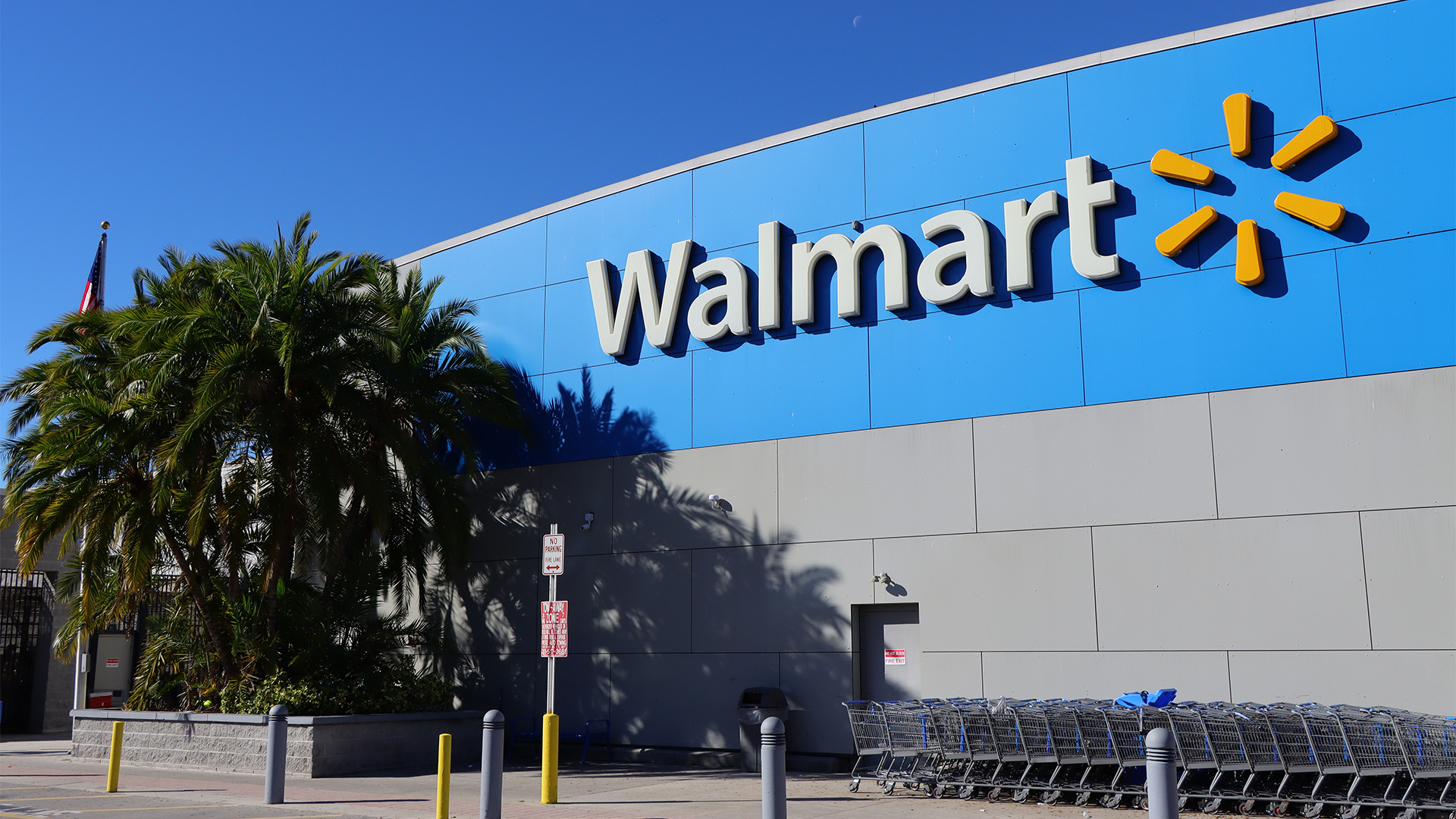We got a taste Tuesday of what could become an ongoing reality for markets, investors, the public and key policymakers – a one step forward, one step back, going nowhere stream of news about the battle against inflation.
America’s January Consumer Price Index had all of that – a tiny, 0.1% dip in the annual rate to 6.4%, but a sharp rise in the month-on-month rate to 0.5% from December’s 0.1% as higher oil, petrol and energy prices had a bigger impact than forecast.
And it’s no good analysts and investors claiming the January’s monthly rise was a one off when they were hailing the smaller rise in December and November, as a sign inflation was easing and the US Federal Reserve would soon follow suit.
The Fed had eased to 0.25% but made it clear that there are more rate rises on the horizon, especially if inflation gets out of whack.
The annual increase was the smallest since late 2021, pointing to a continuing (and stuttering) slowdown in inflation. That could be a feature of much of 2023.
Reuters pointed out that much of the survey was conducted before the US Bureau of Labor Statistics (BLS) published annual revisions to the seasonally adjusted CPI data on Friday.
“The BLS also updated the seasonal adjustment factors, the model that it uses to strip out seasonal fluctuations from the data.
“Spending weights used to calculate the CPI were also updated effective with January’s report. The new weights, which were published on Friday, reflect consumer spending in 2021.
“Housing’s share of the CPI has now been raised, but weights for transportation and food were cut. The revisions, updated seasonal factors and new weights prompted some economists to bump up their CPI forecasts,” Reuters explained.
The underlying message from the latest report is that inflation is still easing- the annual 6.4% rate in January is still well under the peak 9.1% rate last June. January’s annual rise was the smallest since October, 2021.
Excluding the volatile food and energy components, the core CPI rose 0.4%, unchanged from December. On an annual basis core CPI was up 5.6% after rising 5.7% in December.
That’s still too high for the Fed, so there will be another 0.25% rate rise out there in either March or May.
Australian economists say we can expect something similar later this year as cost pressures ease but inflation remains stubbornly high because of the way so many companies have boosted prices for their goods and services.
This week’s December half year reports confirm the widespread nature of price rises. Weak retailing growth and rising stocks will see a series of price cutting wars in the months ahead – and car prices will follow at some stage as the backlog of unfilled orders disappears and higher interest rates start having an impact on funding costs.













